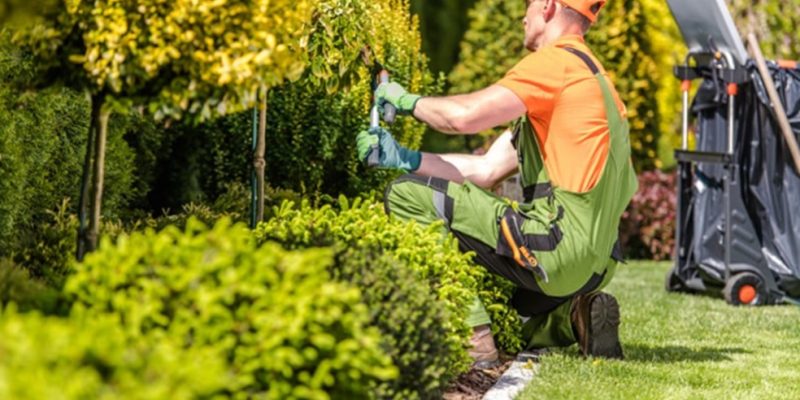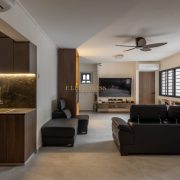Selecting the right trees for your landscape design is crucial for creating a balanced, functional, and visually appealing outdoor space. Trees not only add beauty to your yard but also provide shade, privacy, and environmental benefits. When selecting trees, it’s essential to consider factors such as climate, soil conditions, and the overall design of your space. Creating functional and beautiful outdoor spaces is a key aspect of landscaping design in Lawrenceville. Landscaping offers plenty of opportunities to incorporate minimalist principles that align with your personal taste.
1. Assess Your Space and Design Goals
Before selecting any trees, it’s crucial to evaluate the space where they will be planted. Consider the size of your yard and the function you want your trees to serve. Are you looking for shade? Privacy? Or simply an aesthetic focal point? The size of the tree, its growth habits, and its root system will determine how it fits into your design. For smaller yards, choose trees that are compact or have a columnar shape. Larger properties can accommodate more mature trees that spread out wide and provide more shade. Also, ensure that the trees you choose won’t block important views or interfere with structures like buildings, driveways, or sidewalks.
2. Choose Trees Suited to Your Climate and Soil
One of the most important factors when choosing trees is selecting varieties that thrive in your local climate and soil type. Test the soil to understand its texture, pH, and drainage capabilities. Some trees prefer well-drained soils, while others tolerate wetter conditions. Choosing trees that align with these factors ensures that they will flourish in your landscape for years to come.
3. Consider the Aesthetic Appeal and Function
Trees can serve various functions in your landscape, and you should consider their aesthetic contribution to your design. For instance, flowering trees like cherry blossoms or magnolias can add vibrant colors during the spring season. Evergreen trees, on the other hand, offer year-round interest with their consistent foliage and provide an excellent backdrop for other plants in your landscape. If you’re looking for trees to create privacy or act as a natural fence, evergreen varieties are ideal. They maintain their foliage throughout the year, providing privacy in all seasons. Consider also the overall design theme of your landscape—whether you prefer a formal, natural, or modern look—and choose trees that complement that vision.
4. Plan for Tree Maintenance
It’s essential to consider the amount of maintenance your trees will require once planted. While most trees require little maintenance, some may need regular pruning or attention to ensure they stay healthy and maintain their shape. Regular pruning helps remove dead or damaged branches and encourages new growth. For example, pruning common types of evergreen shrubs and trees is an important part of maintaining their appearance and health. When selecting trees, make sure you understand the maintenance needs of each variety and be prepared for the upkeep to ensure your trees remain vibrant and healthy.
5. Choose Trees with Wildlife Benefits
Incorporating trees that provide habitat or food for local wildlife can add an extra layer of value to your landscape. Certain trees, such as oaks, maples, and pines, attract birds, insects, and even small mammals, enriching the biodiversity of your garden. If you enjoy watching wildlife in your yard, select trees that are known to support local fauna. Additionally, fruit trees like apple or pear trees not only add beauty to your landscape but can also yield fresh produce for your household.
Conclusion
Choosing the perfect trees for your landscape design involves a combination of practical considerations and aesthetic preferences. By assessing your space, selecting trees suited to your climate, and considering their function in your landscape, you can create a beautiful and sustainable outdoor environment. Whether you’re looking to enhance privacy, provide shade, or add seasonal color, the right trees can elevate your landscape design and make your outdoor space more enjoyable year-round.





Comments